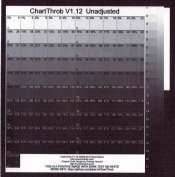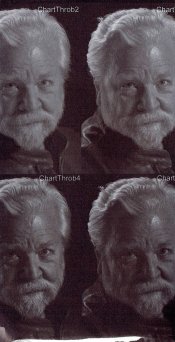tnp651
Subscriber
My first kallitype printed beautifully once I had the exposure and contrast controlled. Now I have nothing but problems. Here is a detail of a kallitype I made today. I prepared Arches Platine with 1 heaping teaspoon of fumed silica, using a foam roller with fairly light pressure for about 3 minutes.
For a 10x13" (25x33 cm) coated area, I used 32 drops each of SN and FO, plus one drop each of 5% ammonium dichromate and 50% TWEEN. Coating temperature was 68 degrees F (21 C) and the humidity was 36%. I used a rod to coat, and made only 3-4 passes to avoid disturbing the paper. Processing was in sodium acetate & tartaric acid, which worked fine on the previous kallitype. Rinsed in purified water, slightly acidified with citric acid; cleared in EDTA; gold toned 10 min; fixed in hypo for 3 minutes.
You can see that the image is grainy overall, Dmax is bad and the coating is uneven. Should I have spent more time coating? (it looked even when wet and after drying.) Used more or less sensitizer? Should I have used more fumed silica, or less? Should the paper have been more humid? Is my processing temperature too low? Too much TWEEN, or too little? Before I make more tests, it'd be nice to have an idea what went wrong. Thanks in advance for any advice.
Tom

For a 10x13" (25x33 cm) coated area, I used 32 drops each of SN and FO, plus one drop each of 5% ammonium dichromate and 50% TWEEN. Coating temperature was 68 degrees F (21 C) and the humidity was 36%. I used a rod to coat, and made only 3-4 passes to avoid disturbing the paper. Processing was in sodium acetate & tartaric acid, which worked fine on the previous kallitype. Rinsed in purified water, slightly acidified with citric acid; cleared in EDTA; gold toned 10 min; fixed in hypo for 3 minutes.
You can see that the image is grainy overall, Dmax is bad and the coating is uneven. Should I have spent more time coating? (it looked even when wet and after drying.) Used more or less sensitizer? Should I have used more fumed silica, or less? Should the paper have been more humid? Is my processing temperature too low? Too much TWEEN, or too little? Before I make more tests, it'd be nice to have an idea what went wrong. Thanks in advance for any advice.
Tom





